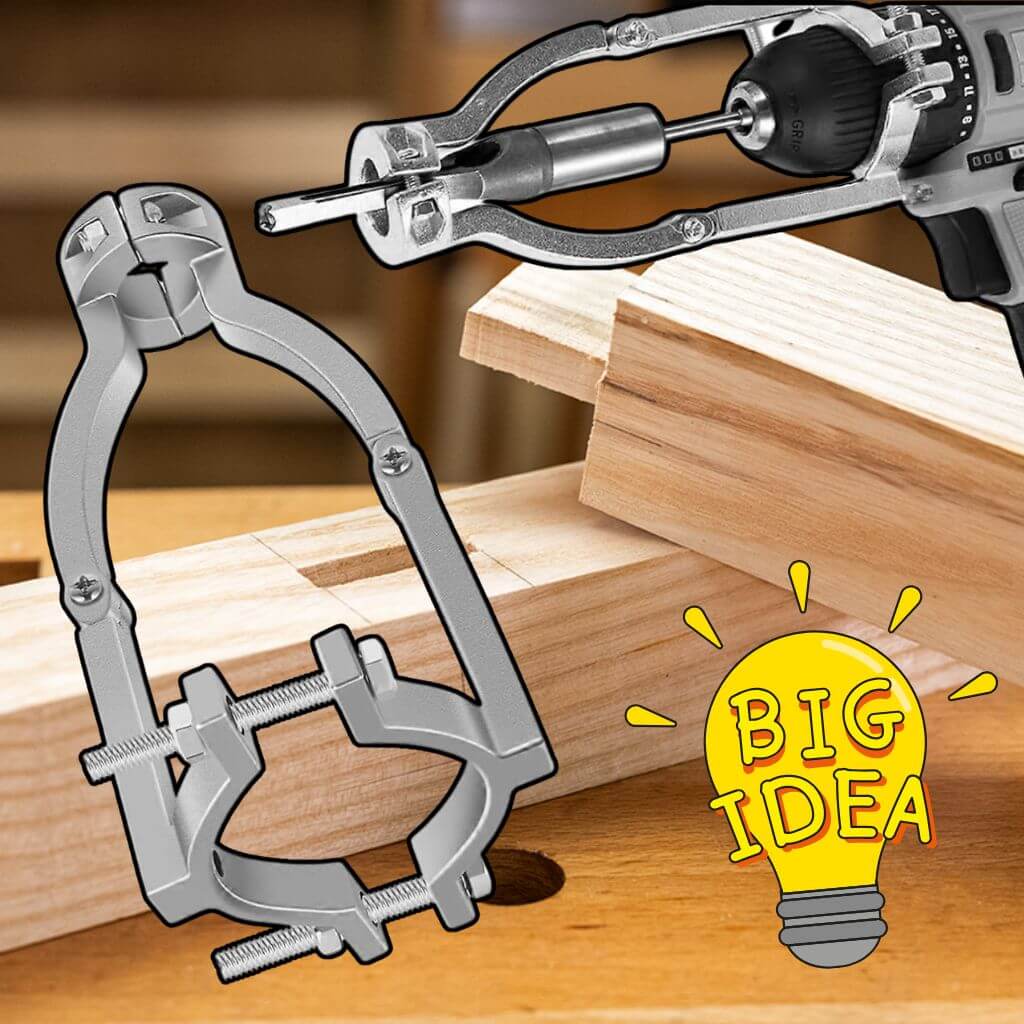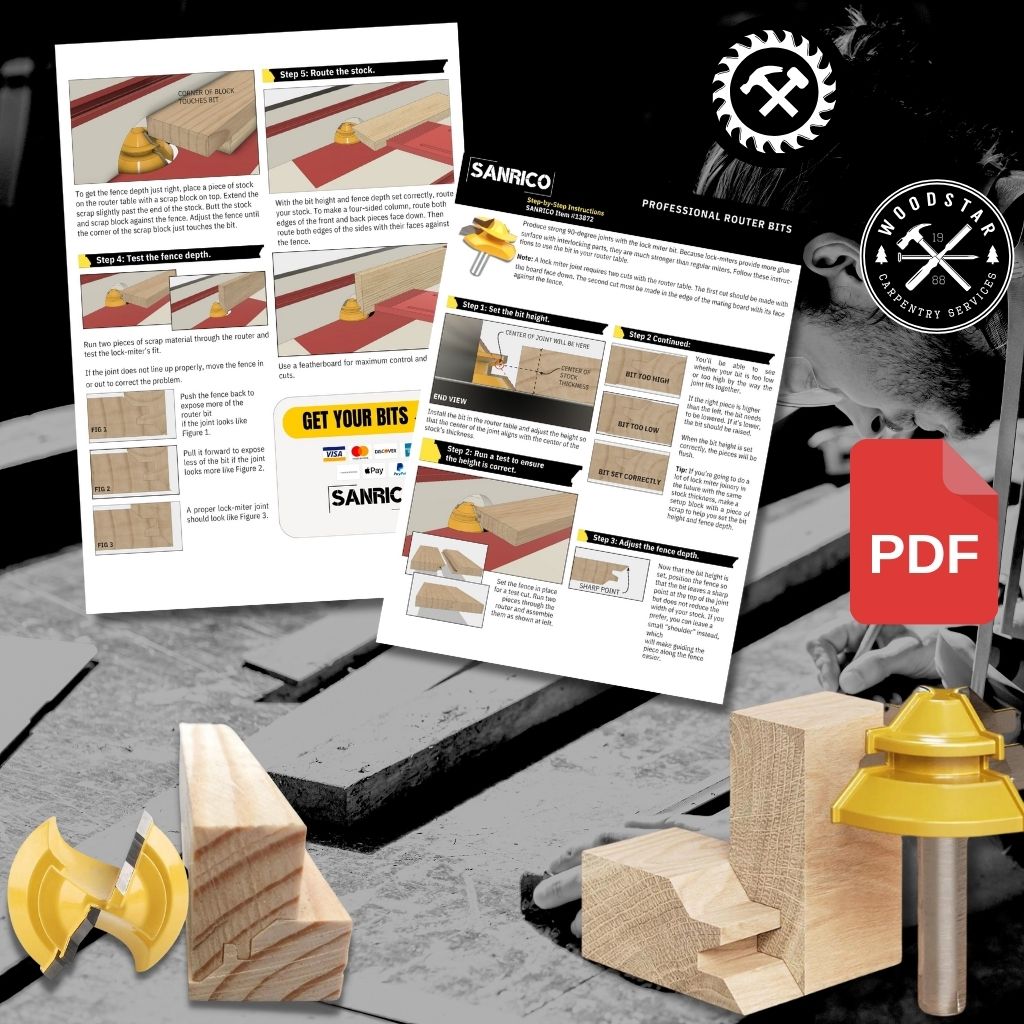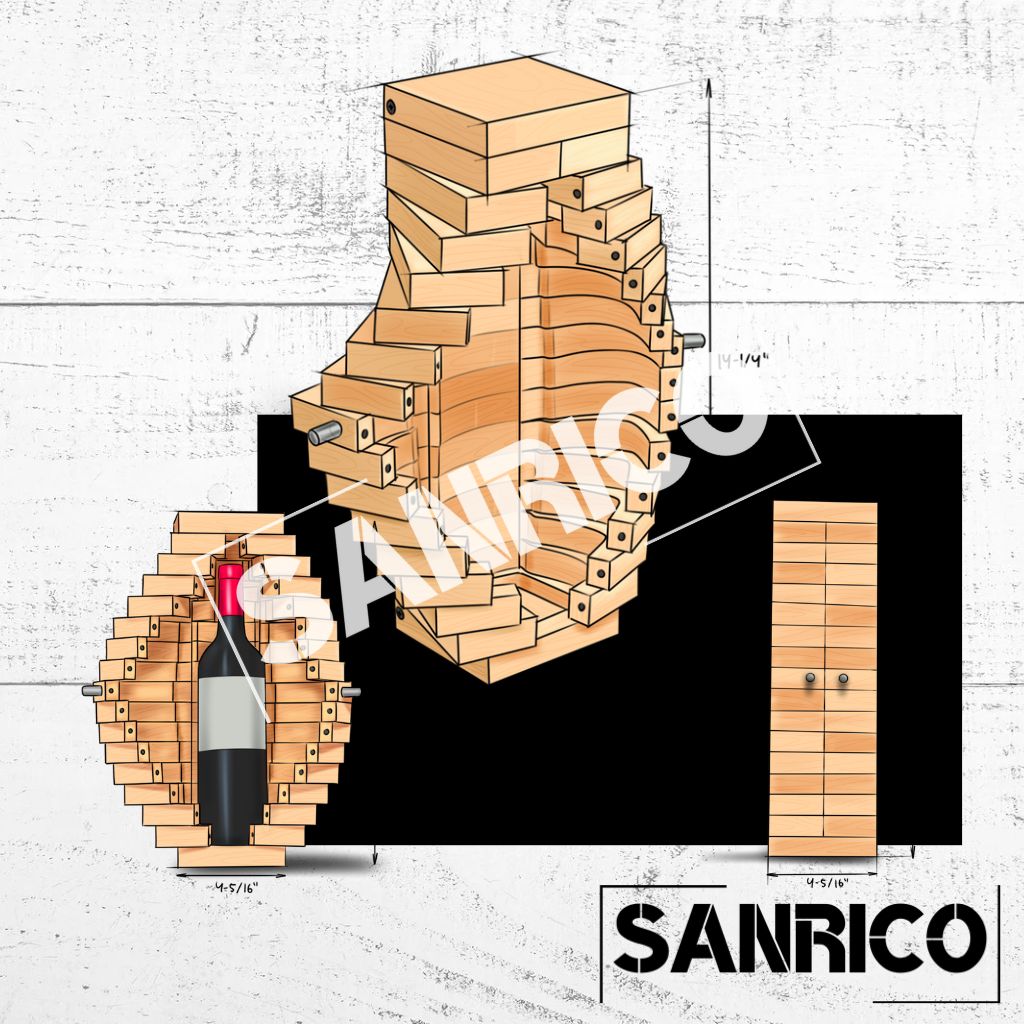HOW TO FIX 10 COMMON WOODWORKING MISTAKES?
👋 No matter how good and experienced you are in woodworking, mistakes are always a possibility. And when they happen, it always pays to know a thing or two about the how’s of fixing them the best way possible.
So whether you are a long time expert in woodworks or a novice who is just starting to learn the trade, this is for you.
Subscribe
To join our mailing list and never miss a deal!
"Many mistakes can be avoided altogether if you slow down. Going too fast is the most common pitfall that woodworkers fall into."
"Many mistakes can be avoided altogether if you slow down. Going too fast is the most common pitfall that woodworkers fall into."
1. Removing Router Burn
Hard, light-coloured woods such as oak and maple are great to work with in most ways, but there’s a problem: both have a tendency to burn when edge-routed. And once the dark brown marks are on these woods, it’s surprisingly difficult to sand them off. In fact, it’s almost impossible. This is especially true when you’re dealing with a complicated routed profile.
You can remove router-burned edges in a matter of seconds with this easy fix. Simply adjust the depth of cut on your router bit a smidgen deeper than the cut that burned your wood in the first place. If you take off about 1/64″ to 1/32″ of extra wood while moving your workpiece past the bit relatively quickly, you’ll mill off all the burned wood without causing further damage.
2. Tightening Loose Mortise-and-Tenon Joints
Mortise and tenon joints require perfect cutting according to the measure otherwise, the two parts of the object will not fit in each other and you will not be able to make the joint. So, be cautious while making this joint and follow the rule “Measure Twice Cut Ones”. The usual thought is to fill the gaps in with a lot of glue. A better method would be to take a small and thin piece of wood, put it in the gap, glue it in place, and clamp it to the sides of the tenon. Make sure to arrange the grain of the wood to match the grain of the undersized tenon. Then, you can have a second chance at cutting the tenon again.
3. Fixing Gaps in Face Frame Joints
Face frame joints are made for making the front edge of cabinet bodies. If there is any mistake in measurement and cutting they will not fit. If one side of a face frame has a gap of 1/32 inch or less with its neighboring side you can fix this mistake by the following technique:
If you need to fix a faulty face frame joint: You need a pair of pipe clamp, ¼ inch dowels and glue to fix this mistake. There are two ways to fix this type of mistake:
With the aid of your pipe clamp tighten the stiles so that the gap is reduced and they stay close to each other.
Make a hole at the middle part of the joint and put some glue in the hole. Then tap the dowel in place.
4. Adjusting a Too-Deep Hinge Pocket
When you are installing small butt hinges, it’s easy to chisel the hinge pockets too deep. In fact, it’s quite likely you’ll make this mistake as you’re learning to install cabinet doors. Cardboard pieces from cereal boxes make excellent shims for raising hinges to the level they should be. Set one or two into place, then drive screws right through the cardboard and into the door frame. If you cut the shims to the right size, no one will ever know.
SALE 50%
5. Removing Strong Glue
Glue is used quite often in woodworking. After using it to attach two pieces of wood, the unsightly excess must be wiped away, especially before finishing the wood with stain or sealer. Sometimes, a small, unseen smear of glue goes unnoticed. When this happens, the glue will prevent the wood to get finished, leaving a bright, noticeable blob. A few, simple scrapes from a cabinet scraper will remove the glue, regardless if there is wet varnish over it.
6. Repair Dents in Wood
Nothing is worse than getting a dent on your newly finished project. Luckily, removing dents can be reasonably straightforward. For this quick fix, all you need is a damp rag and an iron. Place the damp cloth over the dented area and iron it out. The steaming action will force the wood to expand, effectively removing the dent.
7. Widening a Narrow Cabinet
One small error can cause a cabinet door to be too narrow for its opening. The best fix for this problem is to fasten a 1/4 inch-wide strip of bullnose trim to one of the adjoining stiles where the doors meet, giving you a second chance for the door-to-frame clearance to be perfect. Finally, plane the pair to fit the opening. The mistake can be hidden by the curved edge of the bullnose.
SALE 50%
8. Fixing Nail-Split or Screw-Split Wood
When driving nails near edges or ends of hard, brittle, or knotty wood, you may have the misfortune of having a large crack appear, or even a piece of your lumber break out at the edge. To remove the nail, work some glue into the gap with a toothpick, then lay some wax paper over the area and clamp it tight. The wide jaws of a wooden handscrew do an excellent job here because they spread pressure so evenly. Give the repair a couple of hours to dry, slacken the clamp, then peel off the wax paper. Sand off the glue and paper residue, and it will look like you travelled back in time to the moment before you committed the blunder.
9 . Fixing a Finish
Sometimes you get blotchy finishes from using an oil finish, such as Danish oil, or a stain. The finish turns out blotchy because the pores in some woods, such as cherry, take in differing amounts of the oil and have an uneven appearance. You can sand away bubbles with a 220-grit sandpaper, after applying three to four coats of dried urethane will make the finish feel smooth but also dull with an uneven sheen. Putting a fine or superfine 3M rubbing pad with a sander will slowly make it smoother and shine as you buff it.
10. Cut Your Board Too Short
It's an annoying thing to throw out an entire plank of wood simply because it was cut too short. However, if the board is wider than desired, you can saw it diagonally from corner to corner. Then, joint the edges, glue the pieces back together.




